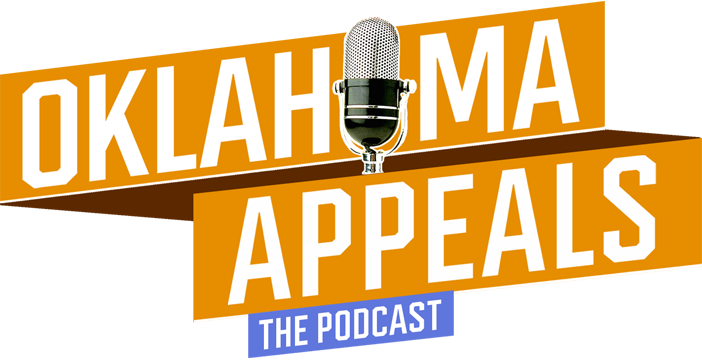| Opinion: | State of Oklahoma v. Johnson & Johnson, 2021 OK 54 |
| Subject matter: | Public Nuisance for Opioid Epidemic |
| Date Decided: | Nov. 9, 2021 |
| Trial Court: | District Court of Cleveland County; Judge Balkman |
| Route to this Court: | Appeal of Final Order; Supreme Court Retained |
| Facts: | On June 30, 2017, the State sued three opioid manufacturers–J&J (and its related entities), Purdue Pharma L.P. (and its related entities), and Teva Pharmaceuticals USA, Inc. (and its related entities) alleging the companies deceptively marketed opioids in Oklahoma. The State settled with the other opioid manufacturers and eventually dismissed all claims against J&J except public nuisance. The district court conducted a 33-day bench trial with the single issue being whether J&J was responsible for creating a public nuisance in the marketing and selling of its opioid products. The district court held J&J liable under Oklahoma’s public nuisance statute for conducting “false, misleading, and dangerous marketing campaigns” about prescription opioids. The district court ordered that J&J pay $465 million to fund one year of the State’s Abatement Plan, which consisted of the district court appropriating money to 21 government programs for services to combat opioid abuse. J&J appealed. The State cross-appealed contending that J&J should be responsible to pay for 20 years of the State’s Abatement Plan, or approximately $9.3 billion to fund government programs. |
| Standard of Review: | District Court’s legal interpretation of Oklahoma’s nuisance statute’s is issue of law reviewed de novo. |
| Analysis: | Public nuisance is fundamentally ill-suited to resolve claims against product manufacturers, including J&J in this case. In reaching this decision, the Court identified three reasons not to extend public nuisance law to envelop J&J’s conduct as an opioid manufacturer: (1) the manufacture and distribution of products rarely cause a violation of a public right, (2) a manufacturer does not generally have control of its product once it is sold, and (3) a manufacturer could be held perpetually liable for its products under a nuisance theory. |
| Outcome: | Reversed |
| Vote: | Darby, C.J., Kane, V.C.J., Winchester, J. (author), Gurich, and Kuehn (by separate writing), JJ., concur;Edmondson, J. (by separate writing), dissent: The action in the trial court was based upon J & J’s deception in marketing prescribed drugs in Oklahoma. I would remand to the District Court to recalculate damages based upon J & J’s share of the market in the years it sold its opioids in Oklahoma with its deceptive marketing scheme. The Attorney General’s basic theory of the case is tenable, both in law and equity. The Court’s view of public nuisance is too narrow and does not serve an important public policy when there is an opposing important public policy in support of a District Court adjudicating legal liability based upon defendants’ wrongful conduct by participating in a public nuisance common-law tort. |
| Other: | Kauger, & Combs, JJ., disqualified;Rowe, J. recused. |
